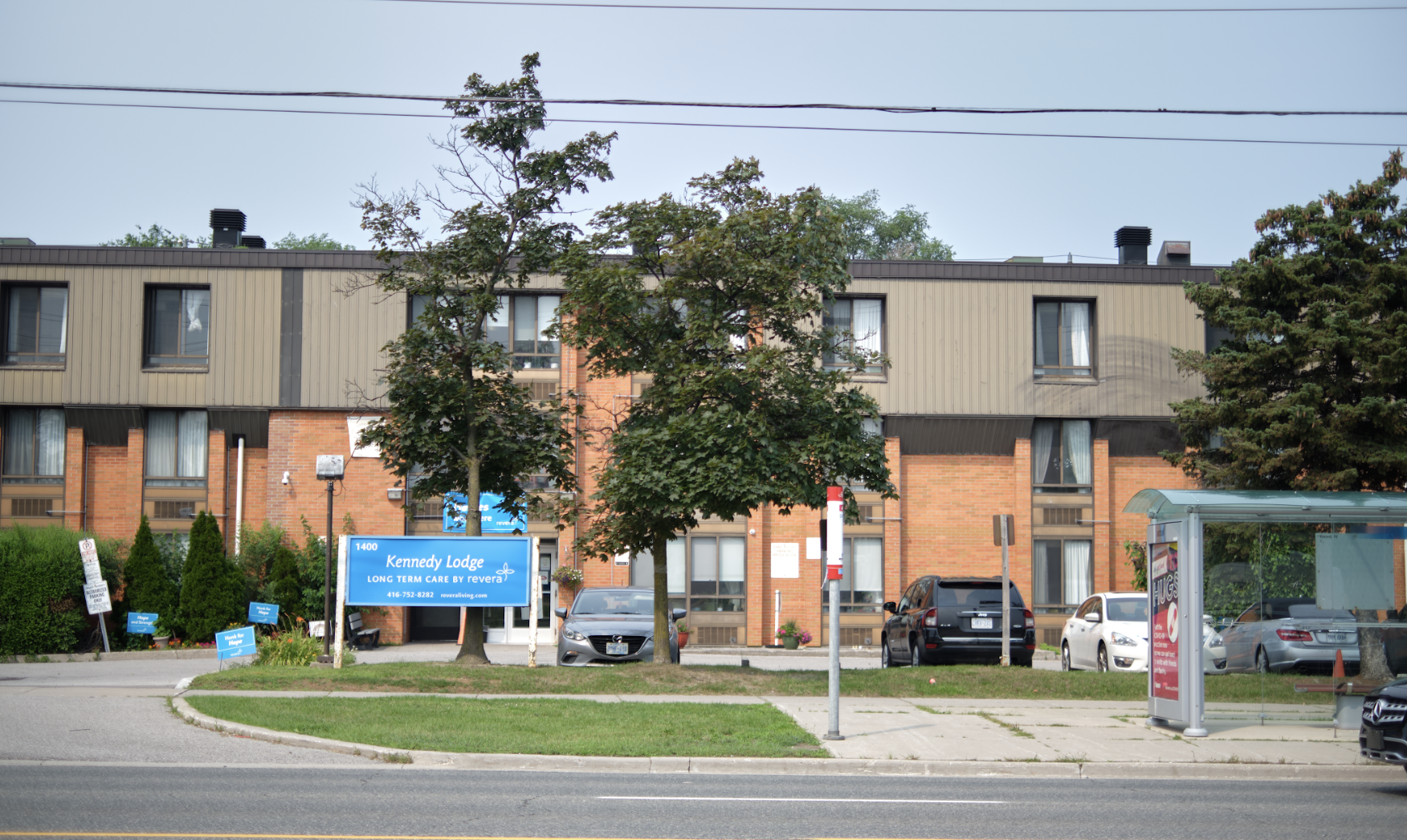Safety
Residents want to feel safe in a broadly defined sense within their neighbourhoods.

Safety
Residents want to feel safe in a broadly defined sense within their neighbourhoods.
Key points:
- Safety was consistently reported to be a top priority across all neighbourhoods we studied, encompassing both crime and road safety concerns.
- Residents of lower SES communities felt less safe compared to higher SES neighbourhood residents, as did younger and lower-income individuals.
- Despite similar crime rates, West End interviewees tended to express greater concern around violence than East End interviewees; East End interviewees were more concerned with road and pedestrian safety.
- Common ways to improve safety identified by residents included: increased policing, improved lighting and security cameras, greater foot traffic and “eyes on the street,” and enhanced youth programming and services.
Residents care most about safety
Safety emerged as perhaps the most important local priority in our study. In the conjoint experiment, “feeling very safe at night” was the attribute that most clearly caused neighbourhood desirability to increase. The importance of safety for neighbourhood desirability was consistent across low and high SES neighbourhoods, and East and West ends of the city. Qualitative interviews revealed additionally that many residents understood safety in two distinct ways: concerns around violent crime and concerns about pedestrian safety. Much of the dialogue in the interviews touched on perceptions of safety when residents were outside of their homes and centred on roads. Themes included perceptions of being vulnerable to crime while walking along certain roadways at specific times, and worries about traffic accidents or pedestrians fatalities that were blamed on congestion, poor road/sidewalk maintenance or lack of traffic calming features.
 It is understandable that safety in these diverse definitions would be critical to residents. The literature is quite clear in demonstrating that safety and perceptions of safety have clear health impacts. While being a victim of violent crime can have obvious health impacts, it has also been well established that ‘neighbourhood crime is a risk factor for common mental disorders and poor general mental well-being, particularly for vulnerable populations’ (Kumar, Aery and Weston, 2019). Multiple studies have also noted the psychological impacts of being a victim of crime but also the negative mental health impacts of simply living in proximity to violent crime (Kilpatrick and Acierno, 2003). In fact, violence has such a negative impact on health that in 2008 the Toronto Board of Health recognised exposure to community violence as a social determinant of health (City of Toronto, 2018). In regards to road safety, a number of studies have demonstrated a link between social class and pedestrian fatalities in children (Christie, 2017), and the way in which a fear of road safety can lead to reductions in the use of active transportation and active play in neighbourhoods that ultimately reduce opportunities to engage in healthy lifestyle activities (Christie, Ward and Kimberlee, 2010).
It is understandable that safety in these diverse definitions would be critical to residents. The literature is quite clear in demonstrating that safety and perceptions of safety have clear health impacts. While being a victim of violent crime can have obvious health impacts, it has also been well established that ‘neighbourhood crime is a risk factor for common mental disorders and poor general mental well-being, particularly for vulnerable populations’ (Kumar, Aery and Weston, 2019). Multiple studies have also noted the psychological impacts of being a victim of crime but also the negative mental health impacts of simply living in proximity to violent crime (Kilpatrick and Acierno, 2003). In fact, violence has such a negative impact on health that in 2008 the Toronto Board of Health recognised exposure to community violence as a social determinant of health (City of Toronto, 2018). In regards to road safety, a number of studies have demonstrated a link between social class and pedestrian fatalities in children (Christie, 2017), and the way in which a fear of road safety can lead to reductions in the use of active transportation and active play in neighbourhoods that ultimately reduce opportunities to engage in healthy lifestyle activities (Christie, Ward and Kimberlee, 2010).
Yet while respondents across neighbourhoods generally agreed on the importance of safety in their ideal neighbourhoods, their feelings of safety in their actual neighbourhoods differed. Residents living in higher income neighbourhoods and those who earned over 140,000 dollars in 2018 were much more likely to say that they felt “very safe at night.” Mount-Olive Jamestown residents were the most likely to feel unsafe and the least likely to feel very safe. Those who felt that they would not be able to afford to live in their neighbourhood in 10 years were also more likely to feel very unsafe (nearly 25% compared to under 10% for others). Younger residents (18-35) were less likely to feel very safe (30%) compared to older (65+) residents (55%).
Feelings about safety are bound up with residents’ broader experience of their neighbourhood and city. Analysis of the survey suggests that safety is a core neighbourhood feature, so much so that a residents’ perception of how safe their neighbourhood is tied up with how they view the overall direction of their neighbourhoods and local government. Those who felt their neighbourhoods were unsafe were much more likely to say their neighbourhood was moving in the wrong direction and to feel City Hall was not giving their neighbourhood enough attention. They also tended to feel the responsiveness and service levels from city government were poor, and showed low levels of trust in City Hall and City Councillors. Though the causal arrow is difficult to determine precisely, overall it appears that perceptions of safety go beyond direct personal threat and are bound up with residents’ entire experience of their neighbourhood and the city government.




